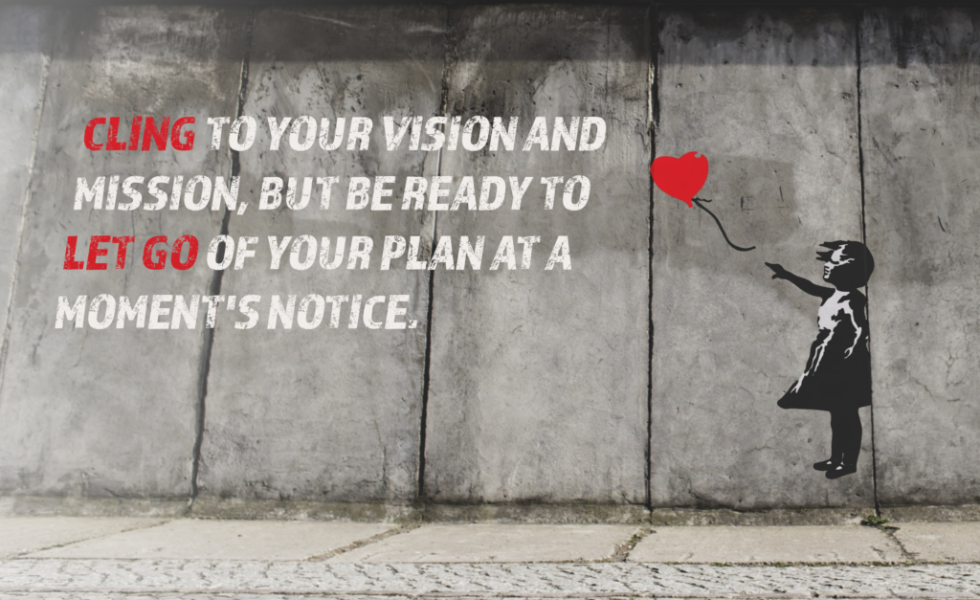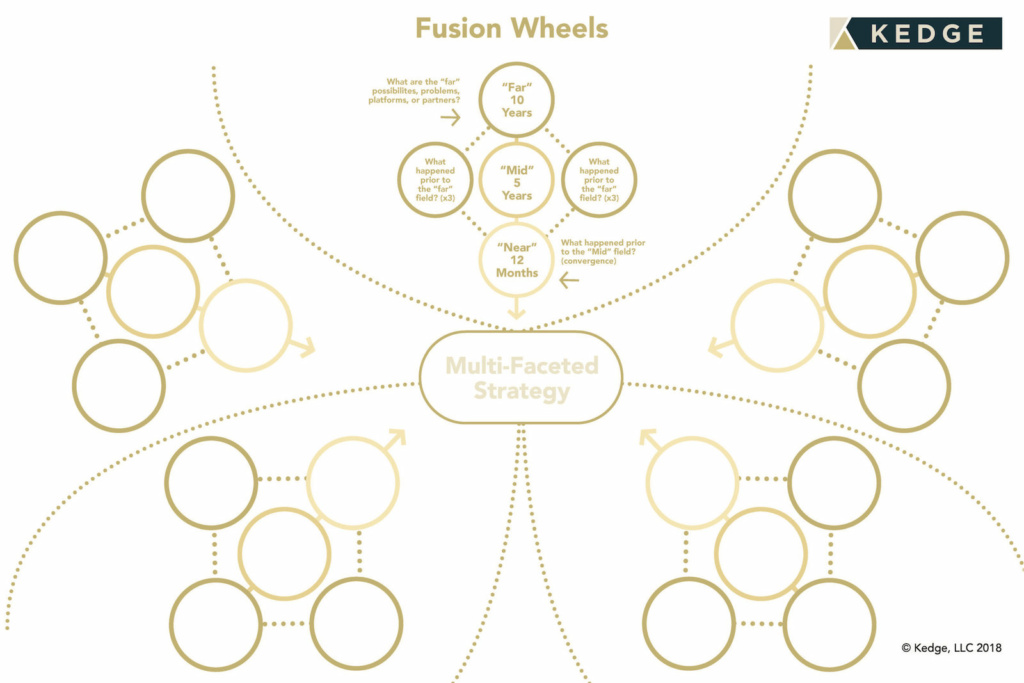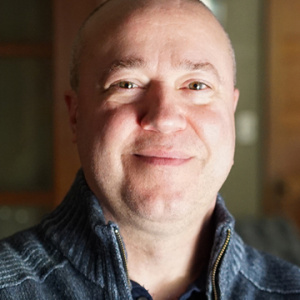Move from Decision-Making to Multi-Faceted Strategy

In an increasingly volatile, uncertain, complex and ambiguous world, we can cling to our vision and mission, but we have no hope of clinging to strategy.
As landscapes and ideas change, so must our plans and approaches. And with change taking place at the speed of light, the never-ending process of updating or creating new strategy is disheartening at best, and devastating at worst.
Organizational management guru Henry Mintzberg writes in The Rise and Fall of Strategic Planning about the shortcomings of the strategy planning role in organizations:
“Strategic planning often spoils strategic thinking, causing managers to confuse real vision with the manipulation of numbers. And this confusion lies at the heart of the issue: the most successful strategies are visions, not plans.
Planners should make their contribution around the strategy-making process rather than inside it. They should supply the formal analyses or hard data that strategic thinking requires, as long as they do it to broaden the consideration of issues rather than to discover the one right answer.
Planning has always been about analysis—about breaking down a goal or set of intentions into steps, formalizing those steps so that they can be implemented almost automatically, and articulating the anticipated consequences or results of each step…
Strategic thinking, in contrast, is about synthesis. It involves intuition and creativity. The outcome of strategic thinking is an integrated perspective of the enterprise, a not-too-precisely articulated vision of direction.” (1)
As an answer to the failures of traditional strategic planning, Mintzberg offered what could be called “un-strategy,” the practice of a more resilient and flexible approach to creating those “not-too-precisely articulated” visions of direction.
Certainly, this is a grand idea, but how does it work in the real world? How does an organization implement the practice of undocking its strategy from the outdated concept of linear step-by-step programming?
Strategic planning has the unenvious goal of making one “fortune-laden” decision, but our current environment of exponentially accelerating complexity is underscoring Mintzberg’s call to “broaden the consideration of issues rather than to discover the one right answer.”
Rather than simply employing strategic thinking as a means for formulating a vision — and then developing iterative steps to carry out that vision — what if there was a way to capture the multiple issues inside of a dynamic framework, and use that holistic, synthesized framework as a generator for a myriad of aspirations and goals?
Enter Strategic Foresight.
In contrast to killing off all of the multiple, alternative possibilities that are loaded with potential and opportunity, foresight allows us to include multiple alternative futures in all of our decisions, making our strategy and actions nimble, agile, elastic, adaptive, robust and transformative.
Just as Mintzberg hailed the “rise and fall of strategic planning,” it is high time that we reframed organizational development and action by calling for the “rise and fall of decision-making,” replacing it with what we would call “multi-faceted strategy.”
TFSX has developed a tool for creating an organization’s multi-faceted strategy. We call it Fusion Wheels.

It modifies the well-known tool of Futures Wheels to explore aspirations from the outside-in rather than from the inside-out. This tool empowers organizations to work back from each of these preferred futures and ask what ideas and actions would have taken place prior to that outcome. This can be done multiple times until leaders and stakeholders are able to synthesize these actions and ideas into a robust strategy.
In this way, organizations are able to break free from linear planning, develop more flexible and dynamic visions, and implement processes based on transformation rather than risk, threats and fear.
Of course, identifying these aspirations and opportunities prior to using Fusion Wheels is also a job for Strategic Foresight, and building these preferred futures is critical for organizations and leaders within every sector and domain.
Leading in any other way is akin to “leading from the past” in an environment that demands leaders who are able to envision alternative multiple possibilities.

Frank Spencer
Co-Founder
Creative Director
In 2009, Frank founded Kedge – a global foresight, innovation, and strategic design firm which pioneered TFSX. Throughout his career, Frank has worked as a leadership coach and developer with entrepreneurs, social communities, networking initiatives, and SMEs, helping them in areas such as development, innovation, and networking.
Read More
